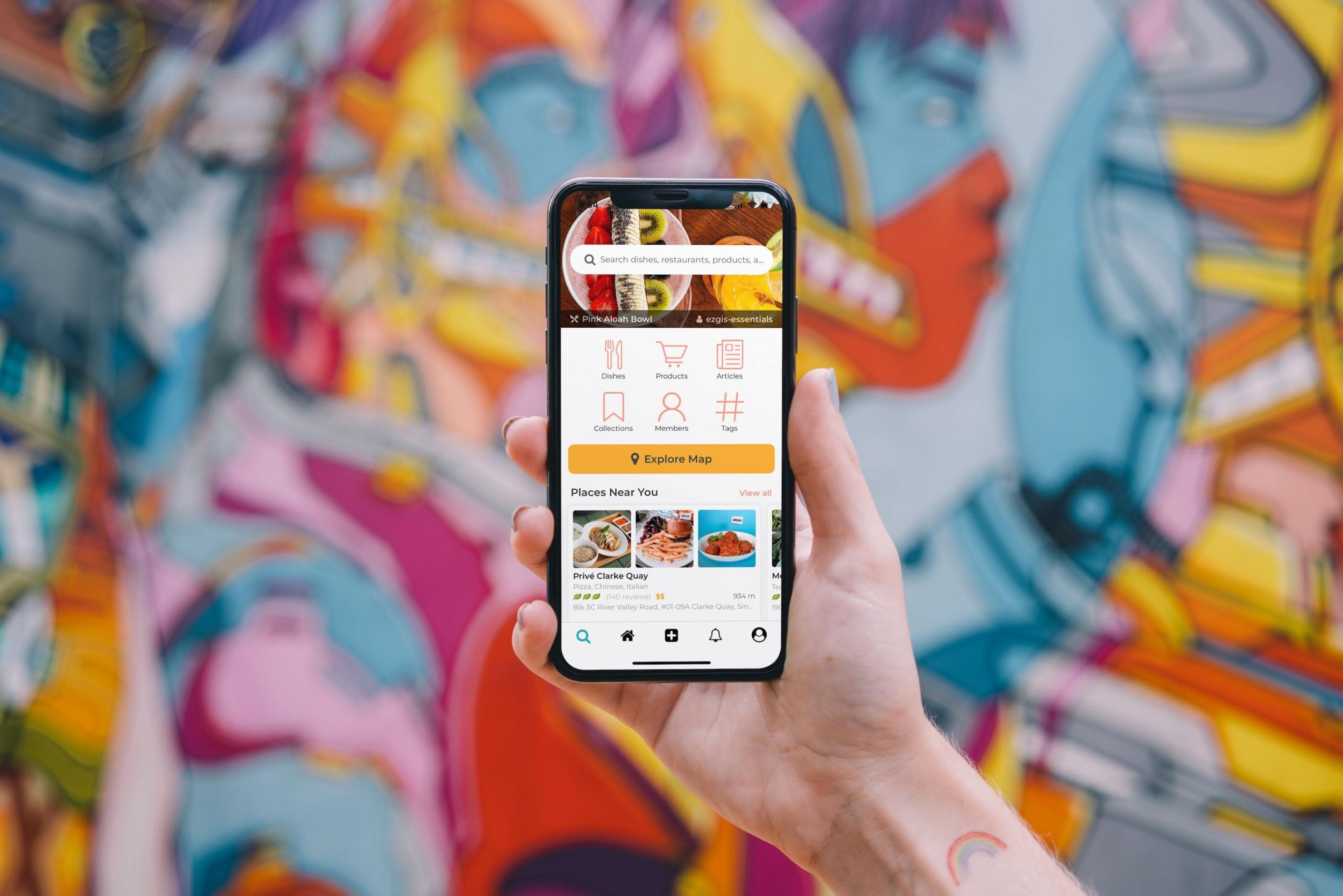How AI is Redefining User Interactions

The customer has always been king. But when it comes to digital customer experiences, winning consumers' lifelong trust and loyalty has become an increasingly high-stakes game.
Ever since the pandemic, when worldwide lockdown restrictions forced the vast majority of consumers online, expectations on e-commerce retailers have skyrocketed. McKinsey research has found that 71% of customers now demand personalised brand interactions, with 76% expressing frustration when they're presented with impersonal customer experiences.
In light of the shift in consumer preferences, more than 60% of businesses are now turning to artificial intelligence (AI) technology to enhance their personalisation and customer interaction efforts. Transformative technologies such as Generative AI (Gen AI) and Machine Learning (ML) can analyse vast amounts of customer data and deliver hyper-personalised content in real-time.
This article will explore how AI redefines user interactions, and how brands can best leverage these cutting-edge technologies to boost audience engagement and loyalty.
AI technologies evolving the customer interaction landscape
According to a recent study conducted by Teradata, 89% of executives believe AI holds immense potential for their business, but only 56% have a clear AI strategy. This may be due to the misconception that AI implementation is a massive undertaking, involving model development and a root-and-branch restructuring of their digital infrastructure by necessity. Indeed, 32% of those polled by Teradata in 2024 cited insufficient technical readiness as a barrier to AI adoption.
Fortunately, a robust ecosystem of AI tools makes it easy for businesses to integrate AI capabilities into their customer-facing apps and websites –– without having to develop their own models from scratch. Some of these solutions include:
Combining these tools can help brands realise AI's full potential in customer interactions. However, identifying relevant use cases and establishing effective ROI measurements is crucial for demonstrating the true value of these investments.
How AI Redefines User Interactions
So, how can brands harness the power of AI to craft truly exceptional customer interactions? Let's examine some specific use cases and explore their impact on revenues and brand reputation.
<h3>From Personalisation to Hyper-Personalisation</h3>
The most well-known example of personalised consumer interactions is Amazon's recommendation engine. In recent years, the engine has undergone a significant revamp to make it even more tailored and effective.
For example, it uses AI and ML-driven predictive analytics and collaborative filtering (pulling purchase history from like-minded audiences) to curate a highly personalised home page for visitors. Plus, if customers watch movies on Amazon Prime, Amazon products related to shoppers' favourite media can appear on listings pages. For instance, if a shopper recently streamed a Pixar film, character-themed products might then appear in various item listings.
The improvements to the hyper-personalised recommendation engine are now responsible for a massive 35% of Amazon's revenue, and more research from McKinsey reveals that brands delivering a similar, hyper-personalised approach can boost revenue by as much as 40%.
Automating Customer Service
We've previously explored how customer service can make or break your brand. We advise adopting a hybrid approach that combines digital efficiencies with the human, empathetic touch. This is the best way to elevate your customer service strategy and win long-term trust and loyalty.
One prominent example of AI-driven customer service seeing great success is the beauty brand Sephora. Their AI-powered Virtual Artist chatbot utilises NLP to interact with customers within a conversational AI interface to learn their preferences and guide them to the right products. The solution enables the brand to answer FAQs around the clock and guide purchases.
Plus, it helps customers make appointments with real-life beauty consultants where needed. Overall, Sephora's chatbot has increased online sales sixfold over the past eight years.
Seamless human-machine communication (Omnichannel experiences)
AI is helping redefine omnichannel experiences, creating immersive and highly personalised digital experiences. ML tools, for example, empower a deeper understanding of customer preferences across touchpoints while RPA and AI work together to deliver intelligent, tailored experiences across every channel.
Take our collaboration with Domino's Pizza as an example. We created an app that exemplifies this seamless human-machine connection by integrating with devices like Apple Watch and Xbox One. Whether at home or on the go, customers can effortlessly order, apply discounts, and track delivery on all channels.
Our commitment to delivering a truly unified and personalised customer journey has helped Domino’s increase sales by 46%.
Future Platforms: Your Partner in Transforming Customer Interactions
At Future Platforms, we're not just building digital products but helping brands foster closer bonds with their customers.
We leverage leading-edge technologies to create digital experiences that win lifelong fans. With our award-winning track record of driving a combined £1 billion in revenue for our clients, let us show you how we can supercharge your brand's digital transformation.
If you're ready to revolutionise your customer interactions with the latest AI tools, get in touch for a free consultation. Alternatively, read our latest Digital Loyalty Index whitepaper for more insights on user engagement in the digital age. Get your free copy now.




